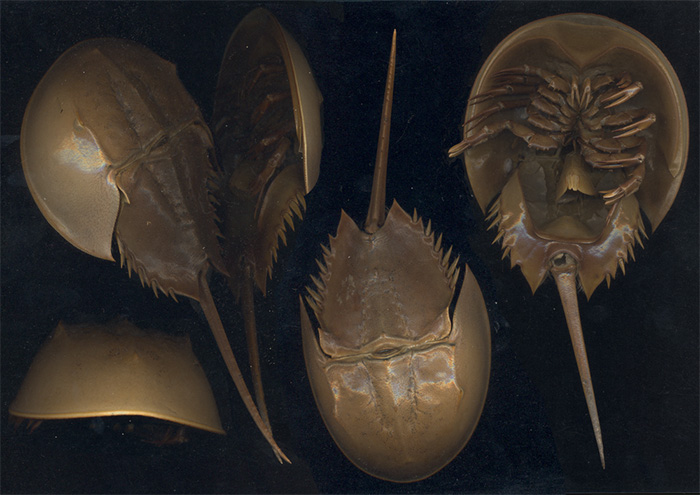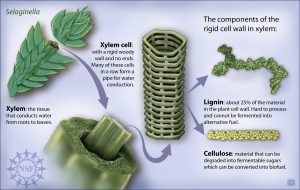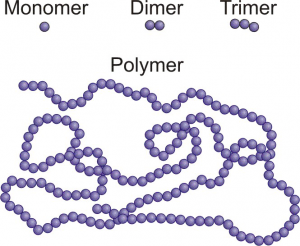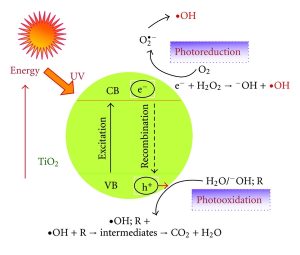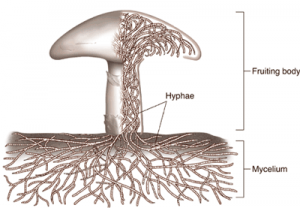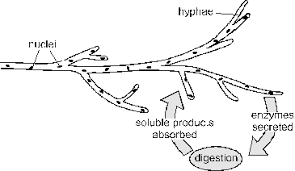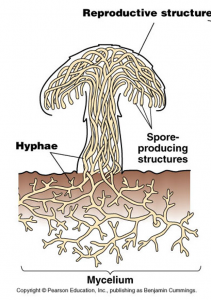You may no know much about horseshoe crabs, but these ancient animals have saved your life multiple times with their peculiar blue blood. However, we need to take better care for these alien-like creatures.
Horseshoe crabs have an immensely efficient immune system that is not well understood and much less reproducible. It does not involve antibodies, the immune cells in the animal can detect bacterial toxins to the part per trillion and release a poorly understood substance, limulus amoebocyte lysate (LAL), that traps pathogens in a gel-like substance. No other known method can detect and destroy pathogens with such efficiency.
We started using horseshoe crab blood for medical sterilization in the 1970s when it replaced the rabbit pyrogen test; injecting a sterilized medication into a healthy rabbit and correlating the increase in its body temperature to the amount of bacterial toxin. Since then, the blue blood became indispensable to modern medicine. The LAL test is used for every injectable medicine the regulated market to determine its safety and in the sterilization of surgical equipment. It is also widely used in medical research for sterilizing and to maintain safety when studying dangerous bacteria. The blue blood of these animals has been estimated to cost 15000 U$ dollars per litre.
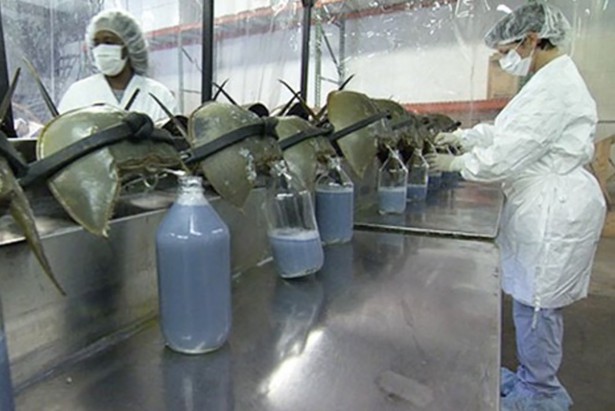
“A still from the PBS Nature documentary Crash PBS” – The Atlantic (2014) – documentary linked in the article
Only a few organizations in the world can harvest horseshoe crab blood. They capture 600000 specimens per year, bleed out 30% of their blood volume and return them to the sea after a recovery period; the whole process last about 48-hours. The mortality rate of the bleeding process is low but problems along the way are endangering this 450-million-year-old species.
The amount of blood and specimens the authorized organizations can harvest is not regulated and some have been known to sell the crabs as bait or let them die. Furthermore, the bleeding process has long term effects on the animals, they become slower, weaker and less likely to mate after bleed. Their habitat is also at risk and overall populations seem to be decreasing. Meanwhile, not much literature is published to try to replicate or understand LAL.
In other words, we need to become aware that horseshoe crab populations are important for us. A few recent research projects try to find ways to improve the harvesting and conservation processes as well as LAL research. But progress is slow, plus funding and regulation need to follow these efforts. Well now you know that a peculiar 450-million-year old species has helped you live without giving much thought to a lot of infections, so spread the word and if you ever find yourself supporting research or environmental regulation please have these fellows in mind.
-Isabella Correa


